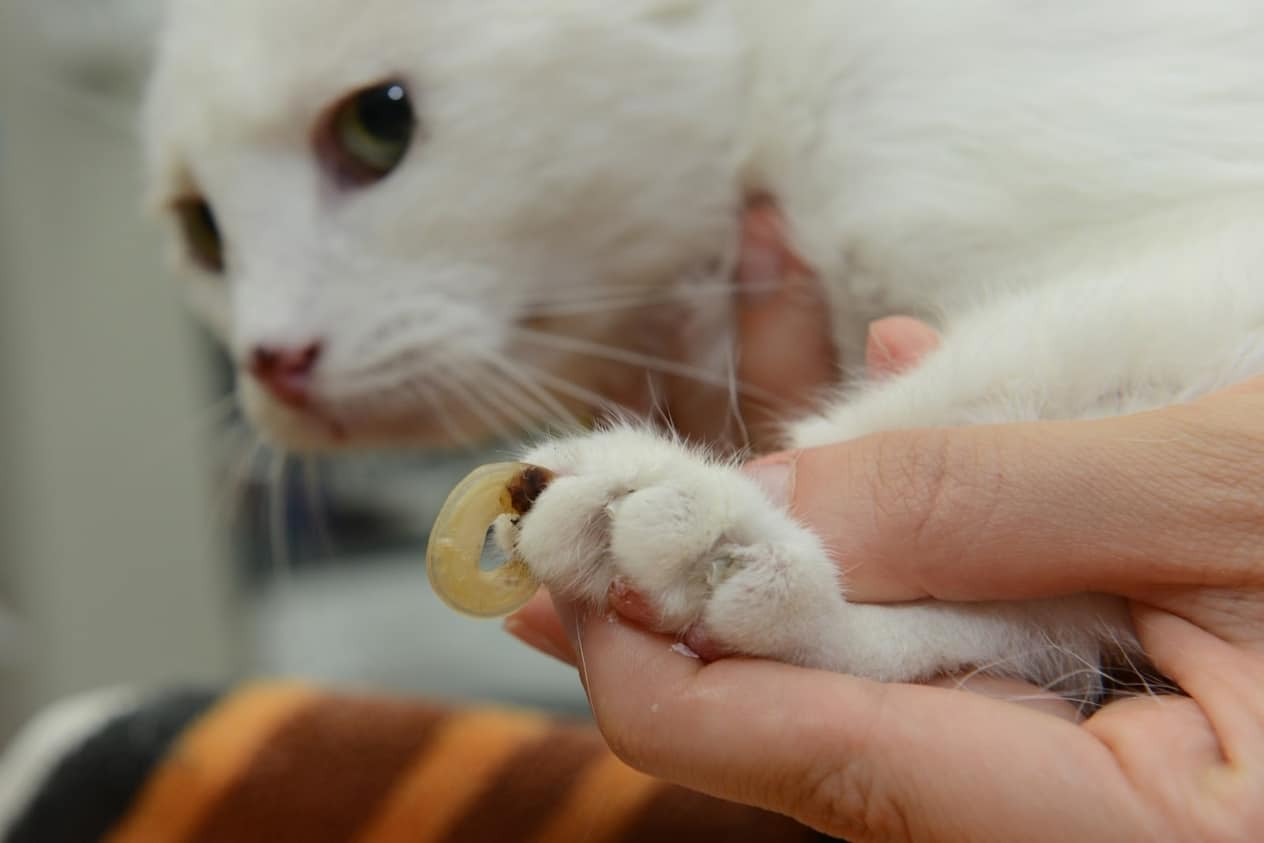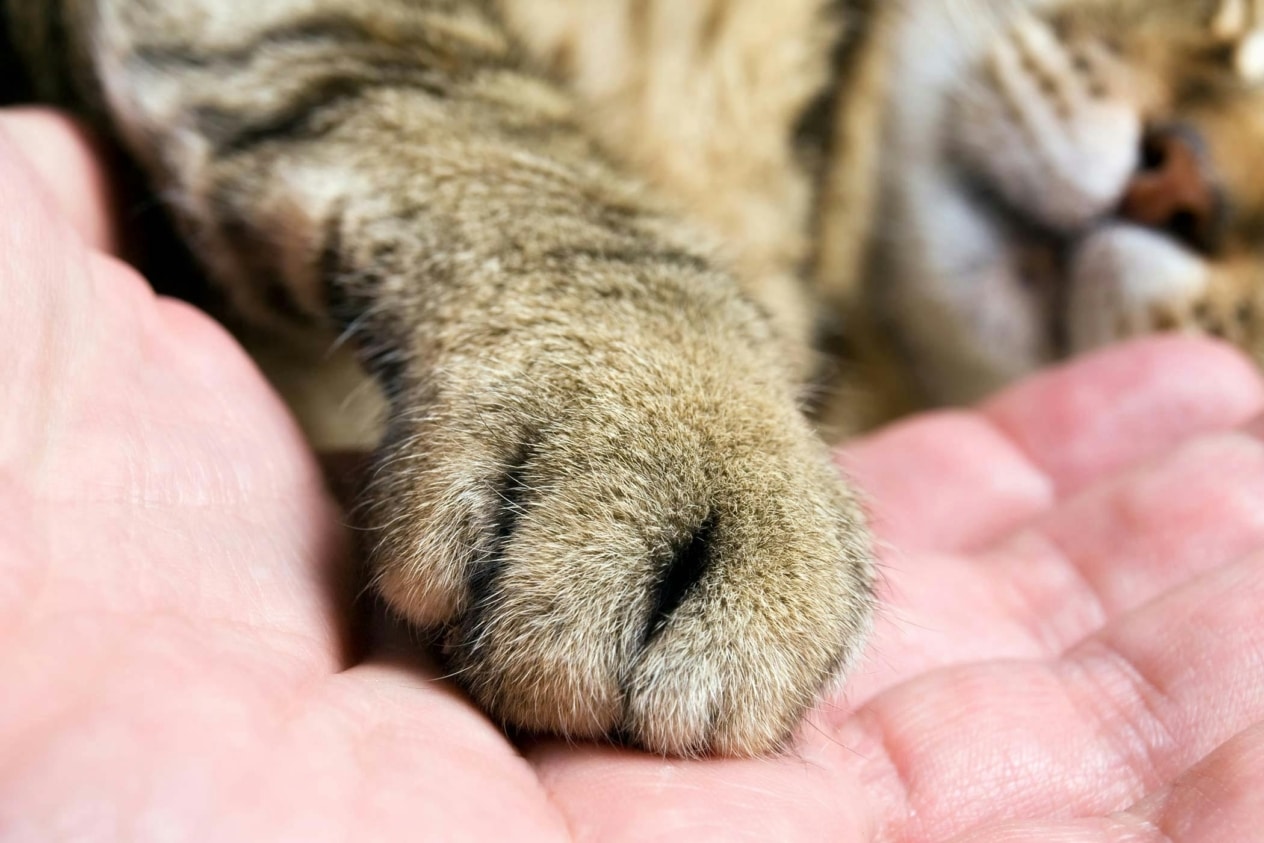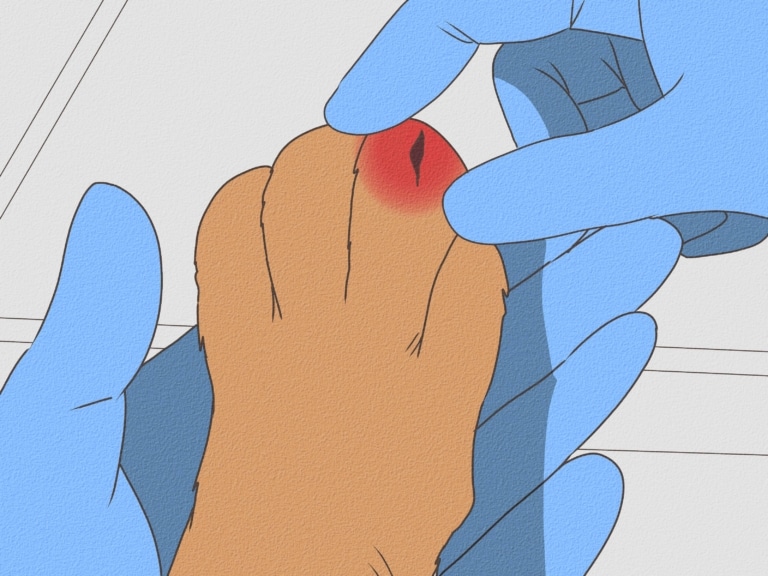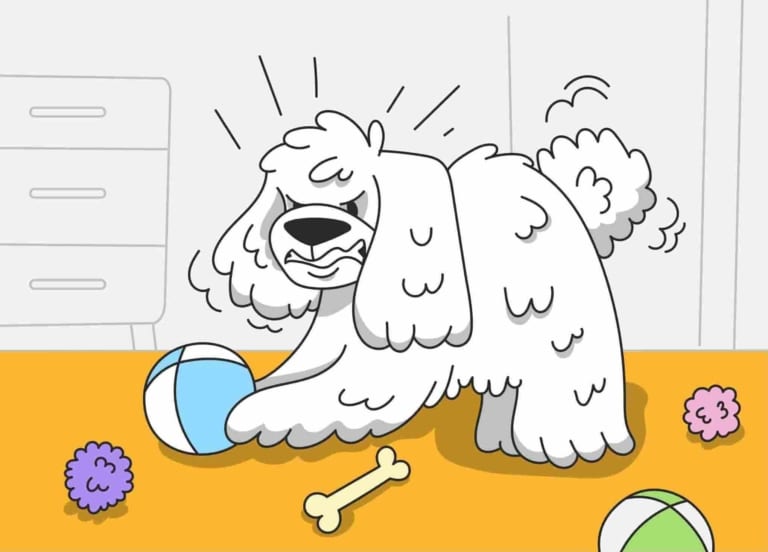Probably, many people know about such a problem as ingrown toenail, but only a few people know about the fact that a cat’s claw can become ingrown. Such an unpleasant phenomenon as an ingrown claw occurs in cats quite often, so let’s talk in detail about the main causes of occurrence and ways to eliminate this defect.
Characteristic symptoms and possible complications
If you notice that your cat has started walking more cautiously than usual, avoiding active movements and often licking the pad on the same paw, you should take a closer look at its claws. Your pet is probably in pain due to an ingrown claw.
When examining the paw, you may notice a claw that is too long, with the sharp end bent and stuck into the pad tissue. There may also be redness and swelling around the area where the claw is embedded, and your pet may be nervous or even aggressive when pressure is applied to this area of the limb.
It is worth remembering that an ingrown claw of the cat, if it is not treated in time, can lead to inflammation on the paw and infection of the pet’s body. In addition to the fact that this disease causes discomfort and pain to the animal, limits mobility, provokes lameness and makes it impossible to live an active lifestyle, in some cases it can lead to an abscess and surgical intervention.

Causes
The main factor of cat’s claws growing into the paw pad is their uncontrolled growth to excessive length. A domestic cat does not always have the opportunity to grind them against a hard surface in the apartment or house, because the owner, as a rule, forbids it. Therefore, in this case it is worth making sure that your cat has constant access to a special scratching post.
So, do not allow excessive growth of the claws of your pet.
There are a number of other factors that can cause cat claw problems:
- Vitamin and mineral deficiencies in older cats cause problems with claw growth, curvature and curling. Therefore, make sure your cat has a balanced diet rich in protein and fermented milk products;
- injuries from falling from a height and damage to the claw during play can deform it, which will cause a change in shape and subsequently a defect in proper growth. In this case, it is advised to engage in the prevention of limb injuries and cat claw damage;
- irregular care of the cat’s claws, namely untimely trimming, can lead to discomfort while walking, injuries and ingrown claws. Be sure to trim your pet’s nails every 2-4 weeks yourself or entrust this procedure to a professional groomer;
- very rare genetic predisposition to claw deformity in cats, it is most often observed in the Scottish lop-eared breed. This disease is caused by a genetic mutation that negatively affects the formation of cartilage and bone tissue, especially in the limbs of the animal.
Ways to help at home
Provided that the claw of the cat is ingrown deeply enough and there is no inflammatory process around it, you can help the animal yourself. It should be done correctly, carefully, but confidently, so as not to aggravate its condition.
The algorithm of actions for carrying out such a procedure is as follows:
- Treat the pad of the cat’s paw with antiseptic, disinfect the claw.
- Carefully cut the claw, which has grown into the tissue, away from the vessel located in it. Pull the claw out of the pad with tweezers in one sharp motion, treat the wound with antiseptic to prevent infection, and apply antibacterial ointment.
- If the claw is very deep and causing serious inflammation, it is best to have it removed by a veterinarian.
Professional help
If the pad on the cat’s paw is red, swollen and other signs of inflammation are visible, it is better to entrust the elimination of the ingrown claw problem to a professional veterinarian. He will assess the depth of the ingrown claw, the degree of tissue inflammation and the need for surgery.
Then, under local anesthesia, the doctor will clean the site of inflammation and remove the ingrown claw, treat the wound with an antiseptic agent and apply a sterile dressing. Note that if the inflammation is very severe and the claw is too deeply ingrown, surgery using general anesthesia may be necessary.
After surgery, during the healing period, the cat’s treatment is necessarily supplemented with antibacterial drugs (to prevent infection), immunomodulators (for better and faster tissue repair) and vitamin and mineral supplements (for a tonic effect).

Prevention of ingrown claw in a cat
In order to prevent this situation from recurring or never occurring again, it is necessary to take proper care of the cat’s overall health and the condition of its claws.
To do this, it is worth remembering the basic rules:
- Provide the cat with the opportunity to sharpen its claws naturally – for this purpose, buy a scratching post;
- regularly trim and file the cat’s claws to the optimum length. It should be remembered that cats have a fifth toe on their front paws, which is intended solely for climbing. Therefore, during normal walking, the claw on it is sharpened less and often grows in, so pay attention to it first.
- If the claws are deformed, it is better to have them trimmed by a professional to correct their shape and prevent future ingrowth;
- take care of your pet from damage and trauma to the paws;
- make sure your pet has a balanced diet, it needs vitamins, minerals and protein in sufficient quantities;
- pay special attention to elderly cats, as it has been proven that ingrown claws are more common in such animals.
If all of the above rules are followed in full, the probability that your pet will encounter the problem of ingrown claws is very low. In case you are not sure that you can perform the procedure of clipping your cat’s nails yourself, welcome to our network of grooming salons V.O.G DOG SALON, which are located in the city of Kiev and the village of Kryukovshchina.
Our masters will take care of the excellent health and beautiful appearance of your cat, using modern equipment and premium cosmetics.
Grooming in our salons is a full-fledged care taking into account the individual characteristics of each pet.









